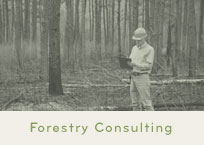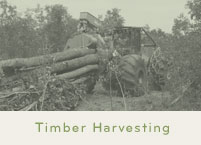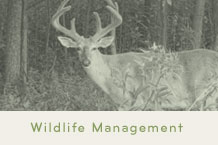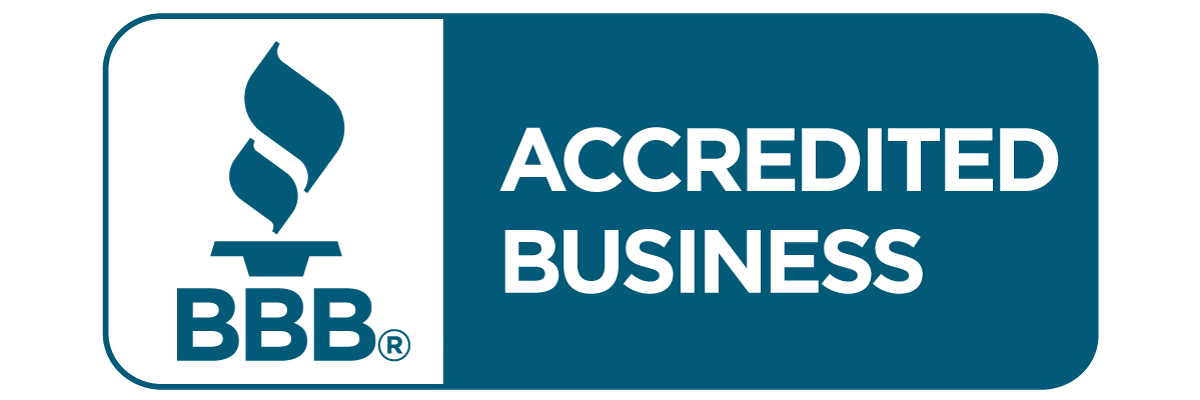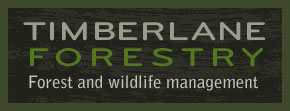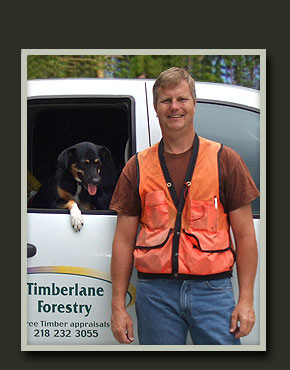
About Erik Eggen
I earned a Bachelor of Science degree in Forest Management from the University of Montana, Missoula in 1988. I am a member of many forestry and wildlife organizations including; MN Forestry Assoc., Society of American Foresters, MN Deer Hunters Assoc. and The Ruffed Grouse Society.
My dad is a forester and I worked my way through high school and college for the family forestry business. I also gained 10 years additional experience working for Weyerhaeuser, a large international company. My experience includes the following: writing timber appraisals, working with private landowners, establishing tree plantations and wildlife habitats, fighting forest fires, supervising logging crews, and working in sawmills and a paper mill. I studied forestry abroad in Germany’s Black Forest, which has helped me gain even more appreciation for what we have here in Minnesota.
References are available upon request.
Thank you,
Erik Eggen
|
Frequently Asked Questions
Do you selectively harvest or do you clear-cut?
It depends on your species composition. We can selectively harvest aspen, birch and maple while reserving oak, conifers and groups of small trees. Oak produces acorns for deer and conifers provide thermal cover during winter. Groups of small trees provide cover, improve the aesthetic appearance and represent your future timber stand. These groups of small trees along with the new growth that resprouts after the harvest provide species diversity and increases wildlife potential.
If your forest is mostly aspen or jack pine, the best plan is to clear-cut ten to twenty acre patches for maximum regeneration. But if you don’t want to clear-cut, we could leave small groups of mature trees every few acres to keep some cover while the regeneration grows back up. Leaving single aspen or jack pine trees is not a good option because they wind snap and/or blow over.
In pine stands, we usually remove the jack pine and can thin or leave the Norway and white pine. Again, it depends on the age and stocking of the stand. We can also row or corridor thin, pine plantations. Corridor thinning with gentle curves is much nicer and more natural looking in a plantation. Row thinning is easy but tends to look like a big corn field when finished. Most people like the corridor method.
How does the landowner get paid?
All timber sales are paid either on a consumer scale or appraised scale method. The consumer scale method (also known as pay-as-cut method) is the most common. The landowner is paid by the cord for the amount of wood actually removed, whether it is over or under the estimate. With the appraised scale method (also known as the lump sum method) the landowner is paid based on an estimated amount of timber. This method is risky because it depends on a good timber estimate. Timberlane Forestry uses the consumer method because it’s more flexible and fair with less risk for both parties. It allows the landowner the flexibility to cut more or less timber as the sale progresses, and both the landowner and the logger are fairly compensated for whatever is cut and hauled to the markets. The downside of consumer scaled sales is that every load has to be tallied and accounted for. Timberlane Forestry has resolved this by developing a computerized spreadsheet that easily tracks the exact amount of each species harvested.
How does cutting timber help my deer and grouse populations?
Deer and grouse require a young forest to thrive. They need young aspen buds for winter survival. And they use young aspen regeneration for cover to hide from predators and hunters. A mature hardwood forest might be pretty to look at, but it doesn’t hold deer and grouse very well. Oak trees act like a deer magnet – they will come to feed, but they won’t hang around during the rifle season if there isn’t any young growth for them to hide in. Deer and grouse prefer thick brush with scattered large oaks.
What happens to the woods after the harvest? Do I have to replant trees?
Trees will naturally regenerate, especially aspen. In Minnesota, the heavier we cut the hardwoods, the better they come back. Aspen will resprout upwards of 10,000 stems per acre! Oak, birch, maple and basswood are aggressive stump sprouters and will also reproduce by seed. What’s difficult is keeping the trails and shooting lanes open two or three years after the harvest. This can be accomplished with periodic mowing; usually once or twice a year is sufficient.
Conifers like balsam and spruce also regenerate themselves. Jack pine will regenerate if we leave the branches/cones spread over the site during harvest. Norway (red) and white pine usually have to be replanted, as natural regeneration with these species is so slow that other species take over the site.
What is my commitment for the property tax programs?
Not much, other than doing what you’re probably already doing – managing for wildlife and forestry. These tax programs were developed to encourage landowners to hang onto their property and not subdivide and develop it. We’ll write a qualified Forest Management Plan for you and help you fill out the tax forms. This plan will give you suggestions on how to better manage your land for timber and wildlife. And if you decide to hand down or sell your property, these programs are transferable. More information can be found at: www.taxes.state.mn.us
Why does logging look so bad?
Not everything that looks bad really is bad. Lets face it, logging is logging…it’s not tip toeing through the tulips!! We do a very careful and thorough job. We use chippers to process and haul away debris including limbs, tops and dead wood. Most other loggers leave this slash behind and it is almost impossible to walk through their jobs! However, even our best jobs have mud, and some broken limbs and debris left on site. This is good. Mud and exposed mineral soil provides a good seed bed for the next generation of trees. The state recommends leaving some debris for nutrient recycling. We like to leave dead standing snags and fallen dead logs for wildlife. After the harvest, we’ll seed the landings, roads and major trails with clover to reduce erosion, green up the site quickly, provide additional food for wildlife, and stabilize the soil for foot/vehicle traffic. Clover is used because it will reseed itself for 4 or 5 years. Also, it’s a wildlife favorite. Clover is natural and it grows readily on most soils. |
|
